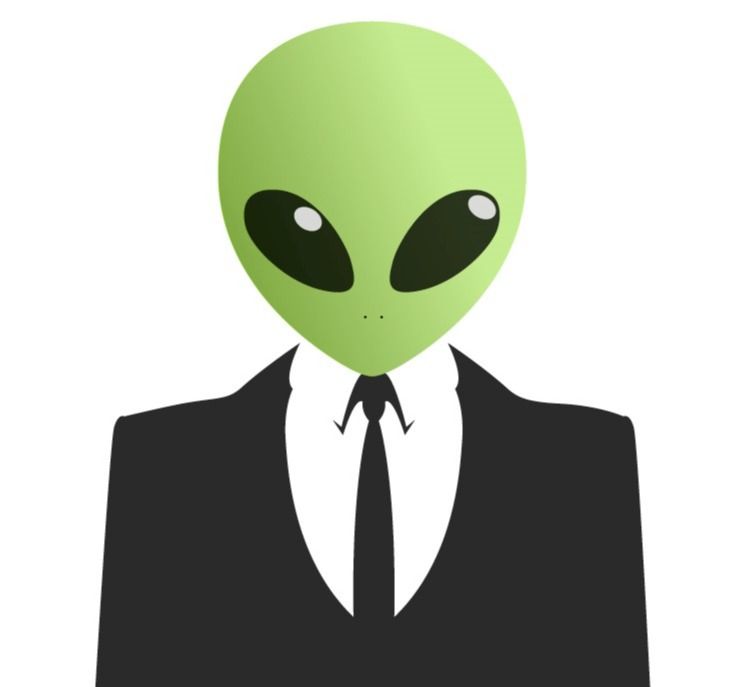322 reads
True Meaning Of DAOs — Understanding A New, Emerging Phenomenon
by
April 19th, 2022
Audio Presented by

Legal background, interested in business and tech. www.futuristiclawyer.com
About Author
Legal background, interested in business and tech. www.futuristiclawyer.com